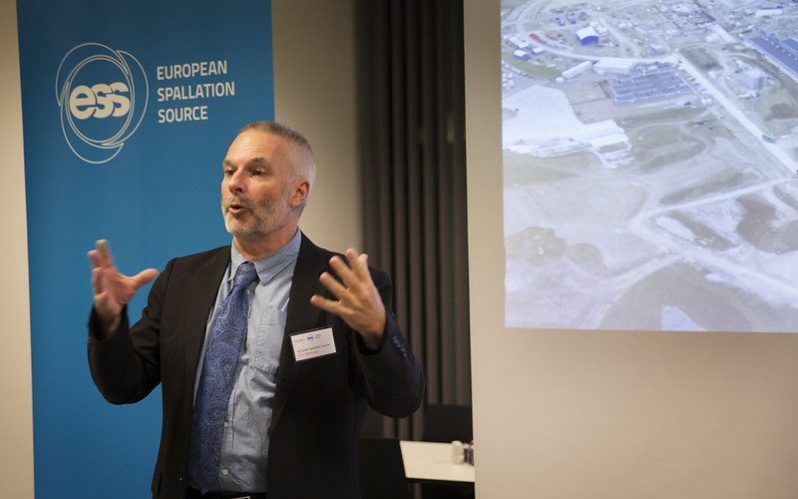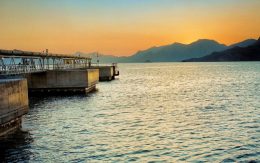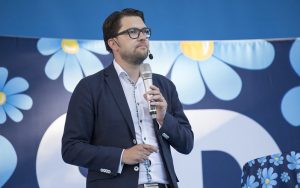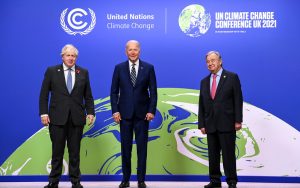Building sustainable support for any “Big Science” project encounters several key challenges. Beyond the socio-economic impact, which is expected to be an immediate outcome of such an endeavour, the wider consequences of how public investments in such large-scale science megaprojects can tackle the present global inequalities should also be analysed. The European Spallation Source (ESS), under construction on the outskirts of Lund, Sweden, presents an ideal case to evaluate the challenges in designing a sustainable research infrastructure in Europe.
The ESS is one of the largest science and technology infrastructure projects being built today. The facility design boasts the construction of the most powerful neutron source in the world. What is the purpose for a new neutron source when a long and successful legacy of neutron scattering facilities are historically available worldwide? Traditional generation of neutron sources are primarily based on the use of research reactors. This technique for generating neutrons has an effective maximum flux of neutrons that can be obtained. The way to generate much higher fluxes, to study smaller samples or make measurements faster, is to use an accelerator-driven source that produces neutrons through spallation reactions. Spallation reaction is a process in which fragments of material are ejected from a body due to impact. In the context of neutron sources, it describes ejection of material from a target during impact by a neutron beam. To achieve accelerator-driven, higher flux neutrons, the ESS architecture includes the most powerful linear proton accelerator ever built, a five-tonne, helium-cooled tungsten target wheel, 22 state-of-the-art neutron instruments, a suite of laboratories, and a supercomputing data management and software development centre. ESS will make use of these intense beams of neutrons to allow scientists to study the structure of materials and molecules. Knowledge and understanding of the structure of these fundamental building blocks of matter underpins the development of new materials, new drugs, new processes, and new energy technologies. Enabling scientific breakthroughs in research related to materials, energy, health and the environment can lead to addressing some of the most important societal challenges of our time. Ultimately the goal is to make positive change and balanced and affordable access to essentials for the entire population.
Any science megaproject needs to have a solid science case for it to demand funding and achieve success. For the ESS, the investment case is that scientific and technological innovation is essential to address both the global challenges of energy, climate, environment, healthcare, as well as the economic and societal challenges. The vision of the ESS then is to build and operate the world’s most powerful neutron source as described above, which meets and exceeds the necessity for a compelling science case.
A well mapped out technical research and development (R&D) is essential for the success for a sustainable research infrastructure. R&D carried out according to a formulated plan reduces key risks, and enables better understanding of cost estimates. Technical advances and R&D were needed in some specific areas to deliver the ESS technical performance goals. For example, the superconducting accelerator, the neutron production target which is based on a helium-cooled rotating wheel, the development of solid-state boron-based neutron detectors. All of these innovations required early-stage R&D to be developed to the point where the risk of proceeding with the full project was acceptable.
Establishing a new large scale facility requires not only constructing the scientific infrastructure but also the organisation to build and operate it. The Legal structure of ESS is a European Research Infrastructure Consortium (ERIC). The ESS ERIC was established in 2015. There are 13 member states. The two host countries, Sweden and Denmark, are responsible for nearly half of the construction costs. The non-host partners bear the financial burden of the remaining costs of which a significant portion is “in-kind” contribution. “In-kind” contributions are attributed to significant technical resources procured or constructed in partner countries rather than centrally. The partner holds and manages the risk. ESS has established a network of “in-kind” partners in each of its 13 members. Doing so has benefited the project by providing access to well-established technical expertise and engineering resources in other national laboratories.
A strong project management plan is also imperative to oversee the large capital investment and to ensure the project targets are achieved. The ESS has chosen to mirror the requirements of the US Department of Energy’s Office of Project Management Oversight and Assessment (DOE order 413.3B). This protocol is usually seen as best practice in the big science domain. Any project must have a resource-loaded schedule, sufficient contingency, a clear change control process, and good financial controls. This ensures that a critical path is clearly understood and proactively managed.
A new facility earmarked to start operations in the 2020s must reflect current expectations. It must meet modern environmental standards. The ESS is a green construction site with no waste to landfill and construction machinery powered by biofuels. All the electrical power is provided from renewable sources. Waste heat from electrical machinery is to be recovered into the Lund district heating system. The ESS will provide support for the full computing, software and analysis chain at its data centre in Copenhagen and will operate an open data model as part of the European Open Science Cloud. Modern facilities are also expected to help the translation of research from academia to industry. A science and innovation campus is being developed to realize the technology transfer opportunities more effectively. Cultivating Science, Technology, Engineering, and Mathematics (STEM) skills in a constantly evolving diverse workforce, amidst rapid globalisation, is expected to position Europe to better deal with socio-economic and inequality challenges.
A detailed organization and implementation is required when a large scale complex scientific project is commissioned. A compelling investment case supported by solid science, technical R&D, well-understood cost estimates and project management and governance plan are priorities to achieve and sustain the set goals. In evaluating the progress of the ESS, the aforementioned key development points are clearly established. The further reach of the ESS in societal impact also has a well-defined roadmap.
Sources
European Strategy Forum on Research Infrastructures – Roadmap 2016 https://www.esfri.eu/ sites/default/files/20160308_ROADMAP_single_page_LIGHT.pdf
European Spallation Source – 2018 Activity Report: https://europeanspallationsource.se/sites/ default/files/files/document/2019-08/ESS%20Activity%20Report%202018.pdf
Neutron users in Europe: Facility-based insights and scientific trends: https:// europeanspallationsource.se/publications
The European Spallation Source – About https://europeanspallationsource.se/about
The Economics of Big Science – Essays by Leading Scientists and Policymakers ISBN 978-3-030-52390-9








Be First to Comment